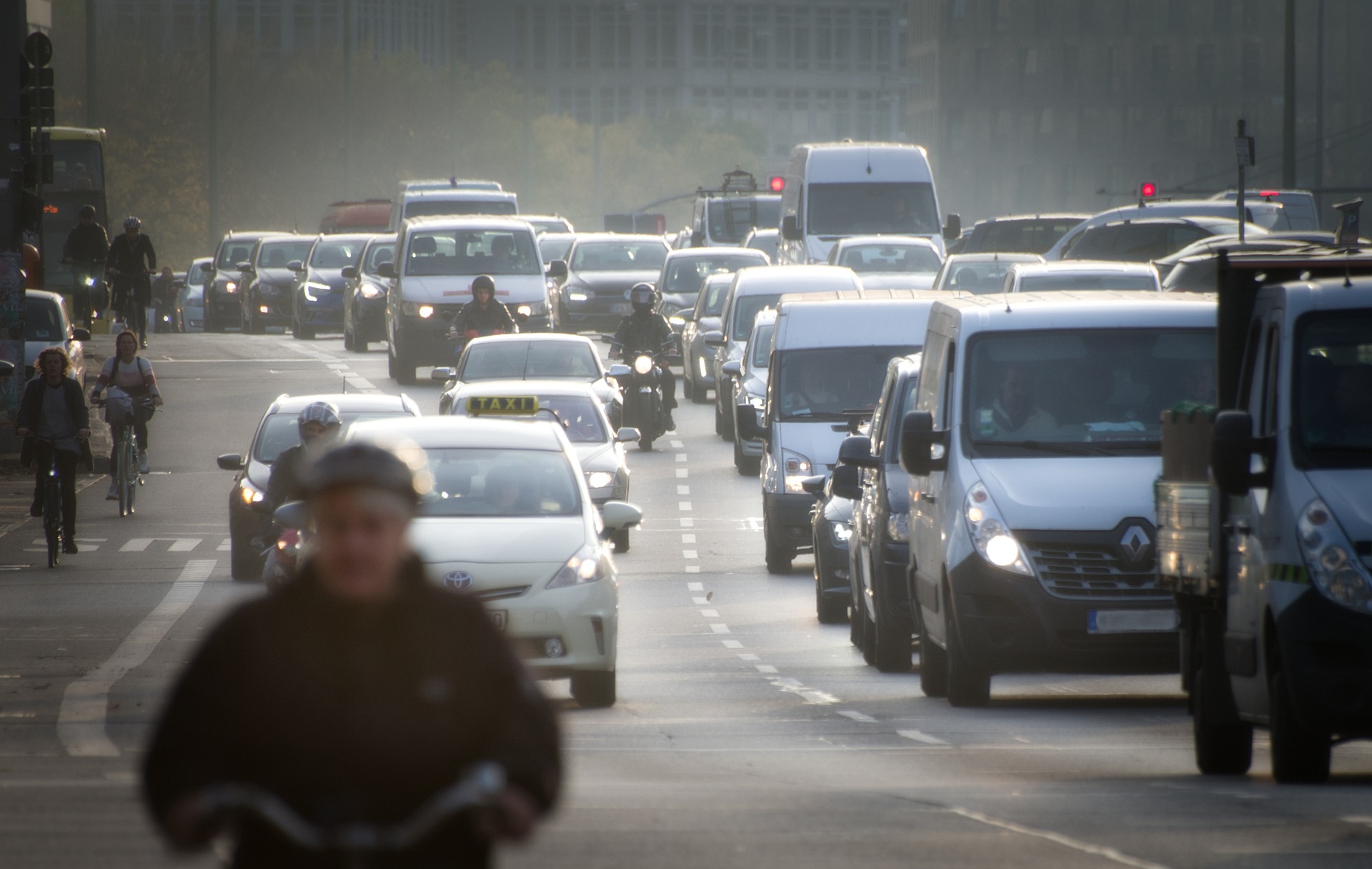The good news is that the EU’s air has improved so much between 2005 and 2020 that the number of premature deaths caused by particulate matter pollution has dropped by 45 percent. The bad news is that 240,000 people will still die earlier as a result – in one year.
Despite the better air quality, around 240,000 people in the EU will have died prematurely in 2020 due to exposure to delicate particulate matter in the air around them. This estimated figure was published by the EU environmental agency EEA. According to the report, people living in cities are particularly at risk: Almost all city dwellers (96 percent) are exposed to particulate matter levels above the World Health Organization (WHO) guideline values of five micrograms per cubic meter, it said.
Although air quality in EU countries has improved in recent years, pollutants in the air still pose the most significant health threat to the environment. They are one of the leading causes of premature death and disease. Heart disease and stroke are the most common causes of death, followed by lung cancer and other lung diseases.
According to the Federal Environment Agency (UBA) in Germany, particulate matter consists of a mixture of solid and liquid particles. It is produced, for example, by emissions from power and district heating plants, in the industry – for instance, in metal and steel production – and road traffic. The particles can also be produced by gases such as sulfur, nitrogen oxides, and ammonia (secondary particulate matter). In cities, road traffic is the dominant source of dust, according to the UBA. Fine dust is also generated in agriculture: ammonia emissions from animal husbandry contribute to the formation of fine dust.
In addition to the approximately 240,000 premature deaths due to particulate matter, 49,000 deaths were due to chronic exposure to nitrogen dioxide (NO2) and 24,000 to ground-level ozone (O3), according to the Environment Agency.
But there is also good news: between 2005 and 2020, the number of premature deaths due to particulate matter pollution in the EU fell by 45 percent, the EEA analysis said. If this trend continues, the EU could likely reach its goal of reducing the number by 55 percent by 2030. The EU Commission had issued the target as part of its so-called European Green Deal.
“Nevertheless, further efforts are needed to achieve the vision of zero pollution by 2050 – that is, to reduce air pollution to a level that is no longer considered harmful to health,” the EU agency’s report said. In 2020, it said that measures related to the Corona pandemic also impacted pollutant emissions in many countries, leading to improved air quality. “Nitrogen dioxide concentrations have temporarily decreased – a direct result of reduced road traffic during the Covid lockdowns,” the EEA reported.
- source: ntv.de, abe/dpa/picture:
This post has already been read 1357 times!



